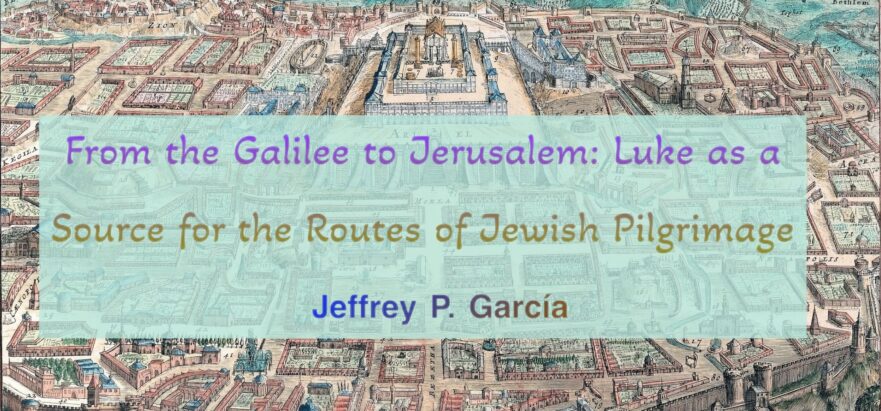Luke’s Gospel preserves valuable evidence of pilgrimage routes that would have been utilized by Jewish pilgrims in the Second Temple period.
He Could No Longer Openly Enter a Town: A Synoptic Study in Light of an Early Luke
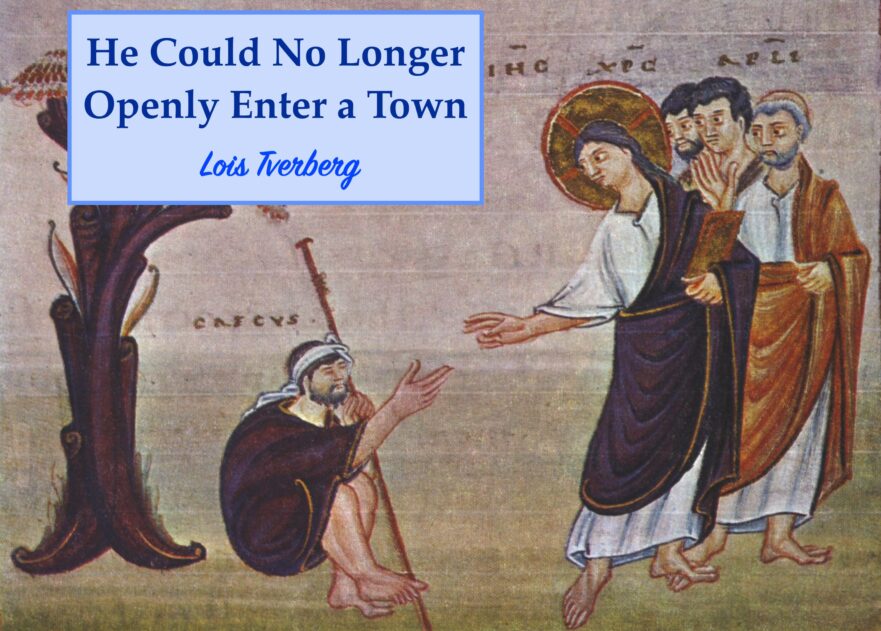
According to Mark, after one of Jesus’ very first miracles, Jesus would no longer openly approach a town in public, but instead avoided the crowds who continually sought him out.
Possessed Man in Girgashite Territory
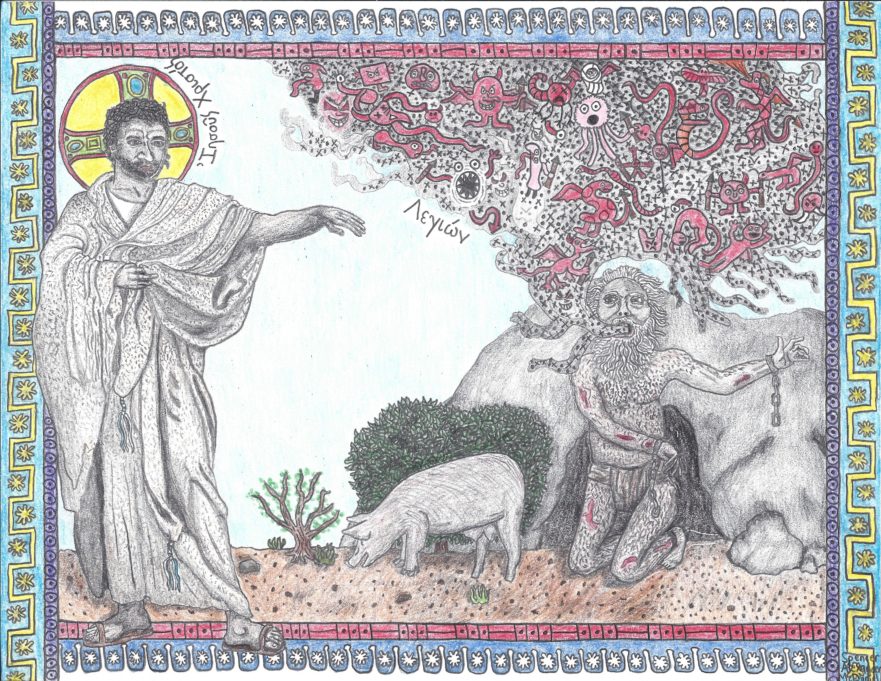
Holiness and purity play a hidden role in the story commonly known as the Gerasene Demoniac.
Generations That Repented Long Ago
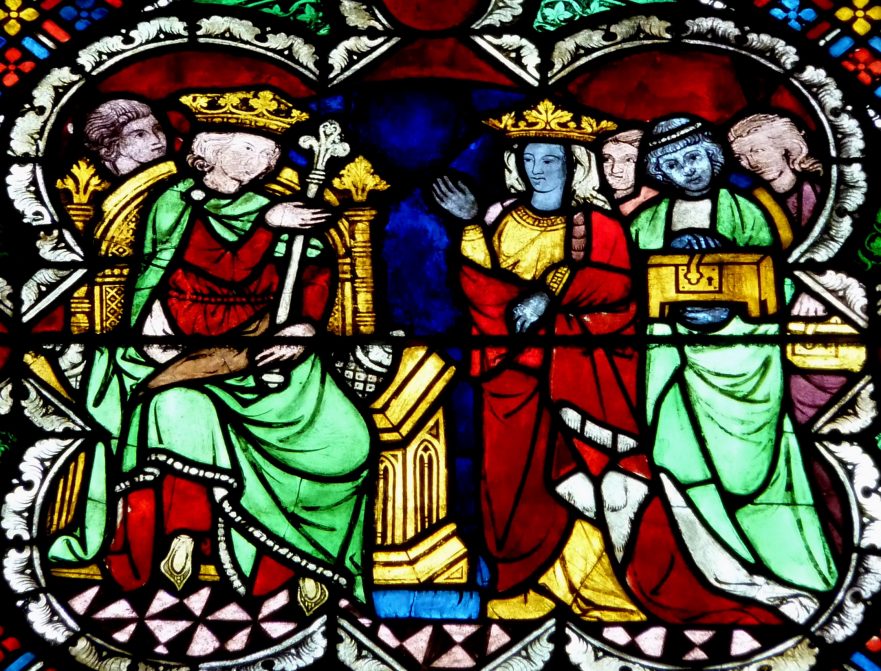
Did Jesus condemn his contemporaries for failing to recognize him as the Messiah or for something more insidious?
Character Profile: Mary Magdalene
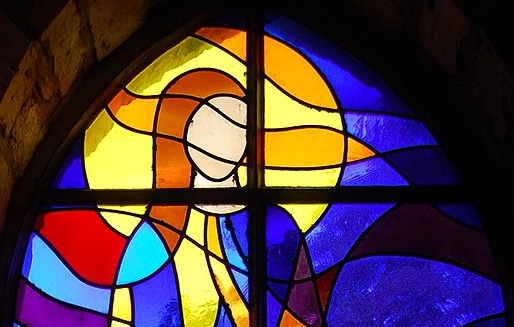
In place of accurate facts about Mary Magdalene, strange ideas and fabulous speculations have arisen that have diminished the true image of one of the most important women in the New Testament.
Gospel Postcard: The Garden of Gethsemane
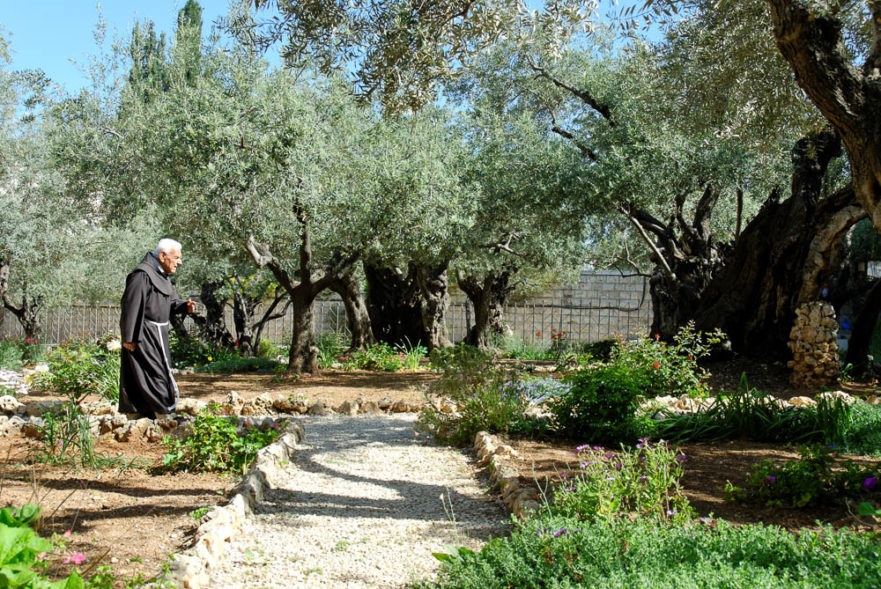
The traditional location of the Garden of Gethsemane is on the lower slopes of the Mount of Olives opposite the Temple Mount and its Golden Gate.
The Importance of Bible Geography for Understanding Jesus
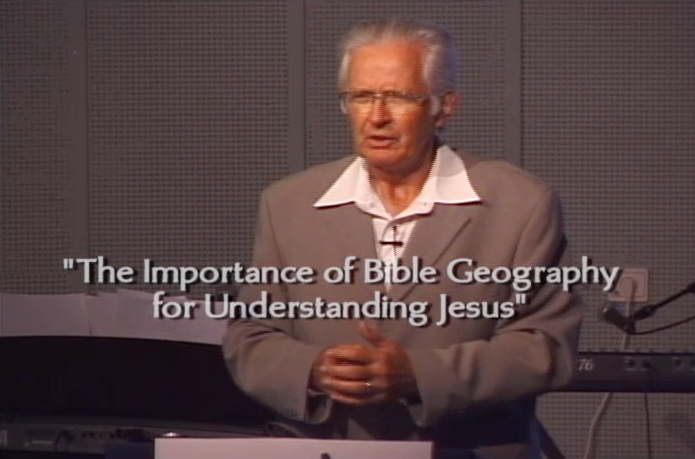
The complete 2006 lecture is now accessible to JP users. View now!
A Farewell to the Emmaus Road
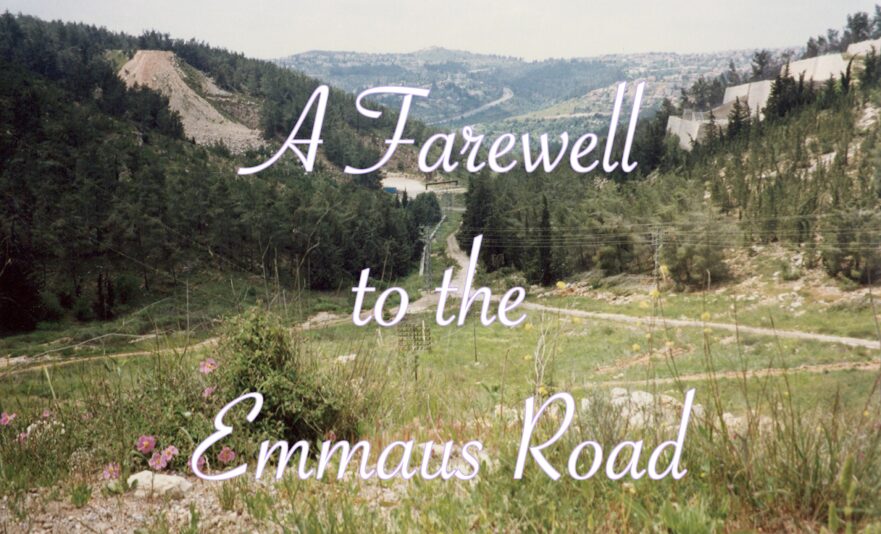
Despite the Israel Antiquities Authority’s call to action, little has been done to preserve the ancient remains of a Roman road that are still visible in the area where Jesus traveled with two of his disciples on the day of his resurrection.
Holy Land Postcard: Hula Valley Nature Reserve
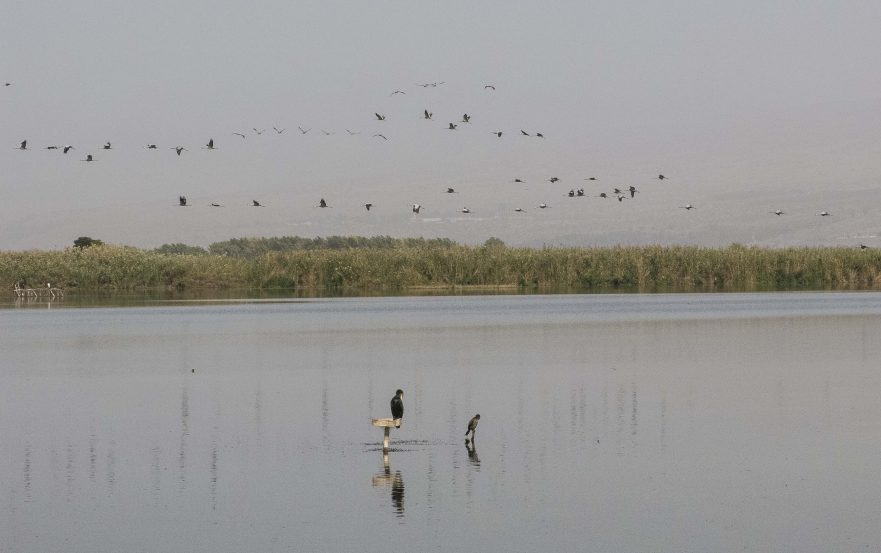
A visit to the Hula Valley Nature Reserve offers a different kind of Holy Land experience.
Gospel Postcard: Magdala
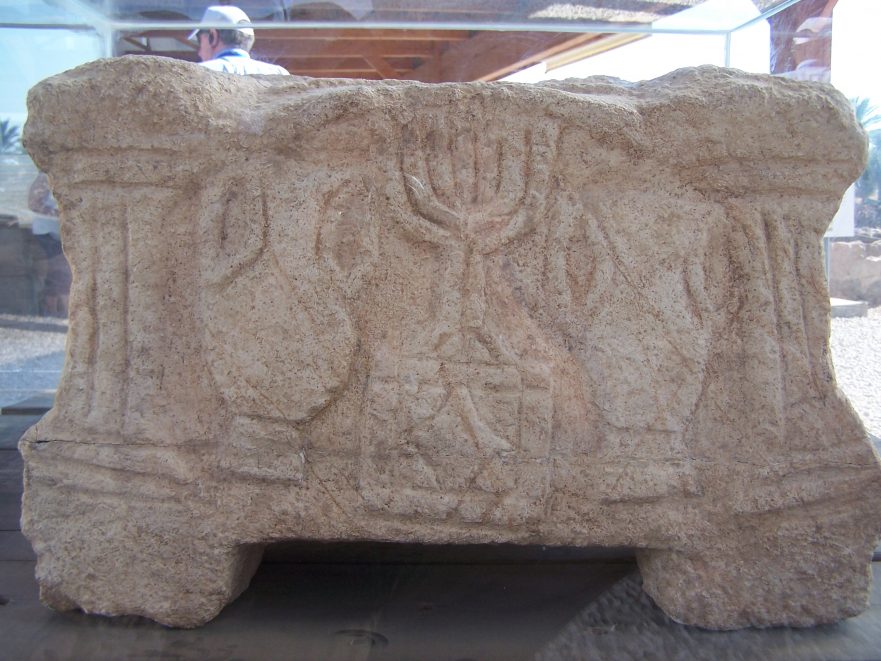
Excavations since 2009 have revealed the Galilean town of Magdala, the hometown of Mary Magdalene.
Biblical Geography on YouTube
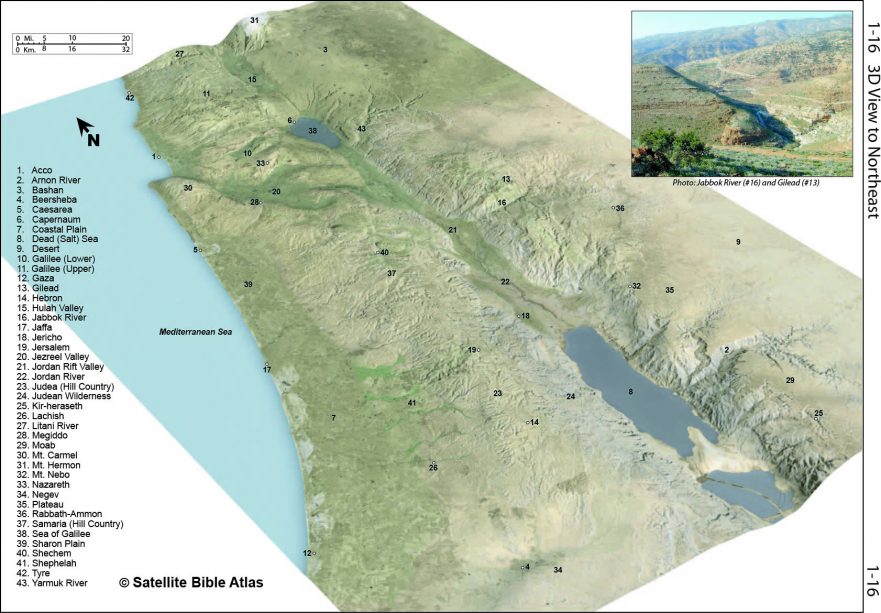
We at Jerusalem Perspective would like our readers to be aware of an excellent resource for studying biblical geography: the Satellite Bible Atlas video commentary series on YouTube. The videos explore the physical settings of biblical narratives, helping viewers to understand how the lay of the land shaped and informed biblical events. The satellite images and aerial photographs featured in the videos afford a bird’s-eye view of Bible lands with a precision and accuracy no ordinary map can provide.
Video Clip: Halvor Ronning on “The Importance of Bible Geography for Understanding Jesus”
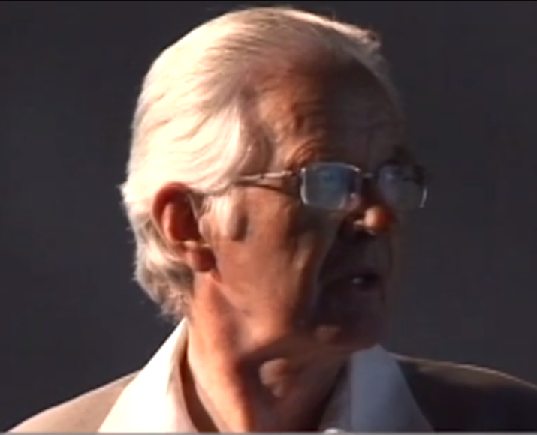
In this video Halvor Ronning discusses the importance of geography for understanding the story and the message of Jesus.
Jesus the Galilean, a Stranger in Judea?
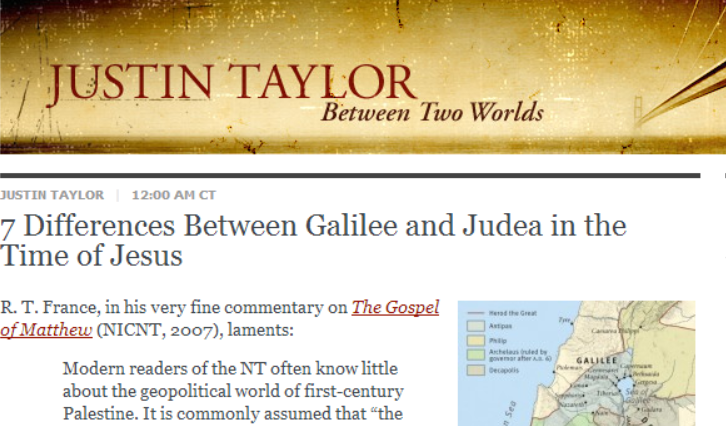
Follow Garcia as he challenges Taylor’s work and brings about the conclusion that “We should attribute any differences between Galileans and Judeans primarily to issues of opposing halakhic opinions.”
Views That Have Vanished: The Photographs of David Bivin
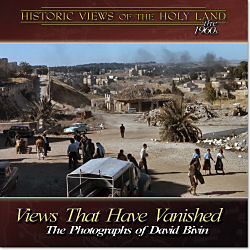
Todd Bolen (founder of BiblePlaces.com) has created a digital collection from the best of my photographs.
Israel: A Relief Map on the Scale of 1:1
One of the many exciting advantages of living in Israel is access to biblical sites. Nothing beats reading a biblical story at the place where it happened
The BiblePlaces Newsletter
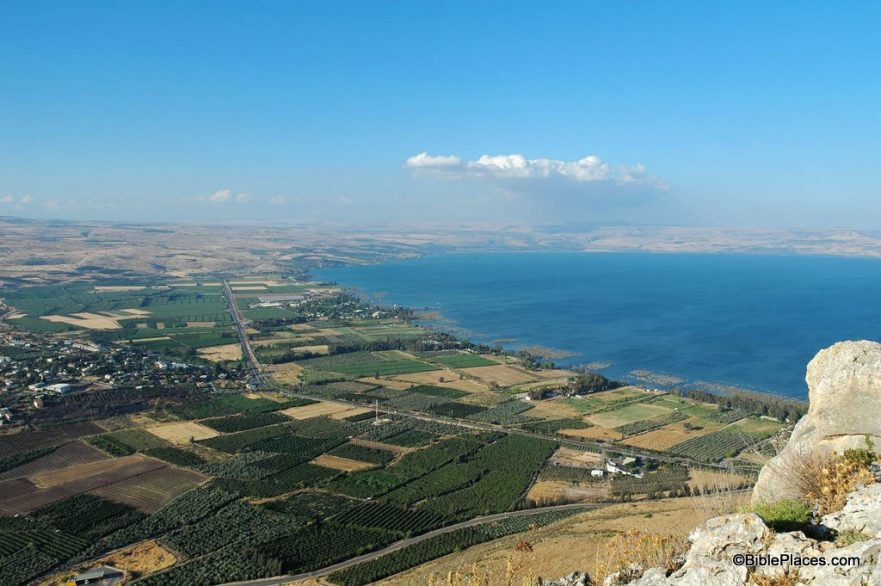
I want to bring to your attention an exciting and colorful newsletter. If you are a teacher or student of the Bible, you will want to subscribe to it. It’s free!
Jesus’ Final Journey to Jerusalem
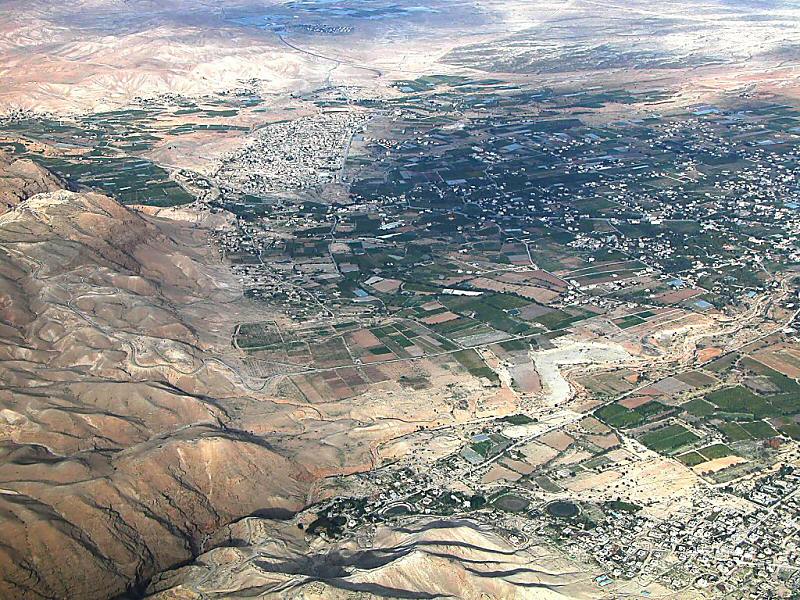
Trace the route of Jesus’ final pilgrimage to Jerusalem with Todd Bolen.
The Search for Bethsaida: Is It Over?
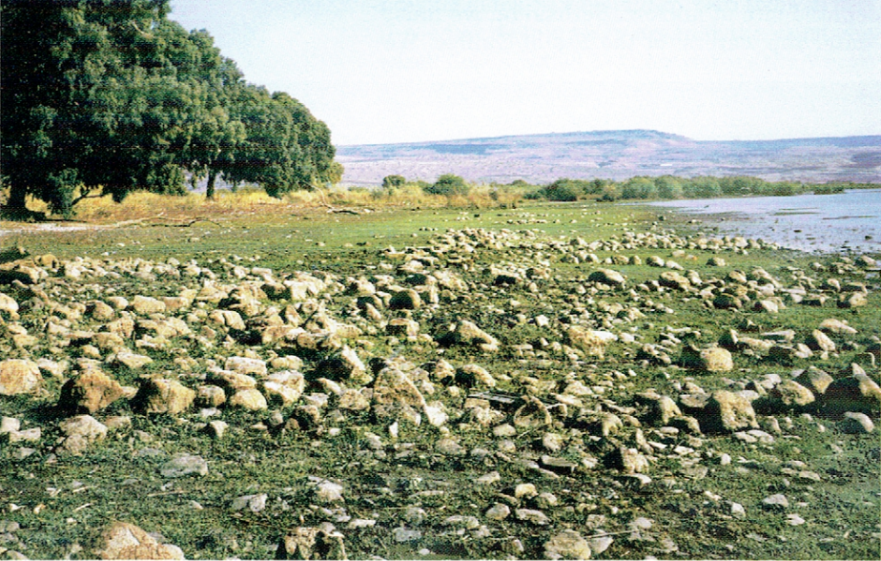
One of the challenging tasks for archaeologists and biblical historians alike is the identification of sites mentioned in the Bible — some of which were destroyed and disappeared in time without a trace. The first comprehensive attempt to locate these sites was that of Eusebius, the fourth-century church historian (ca. 265-339 A.D.).
- Page 1 of 2
- 1
- 2

